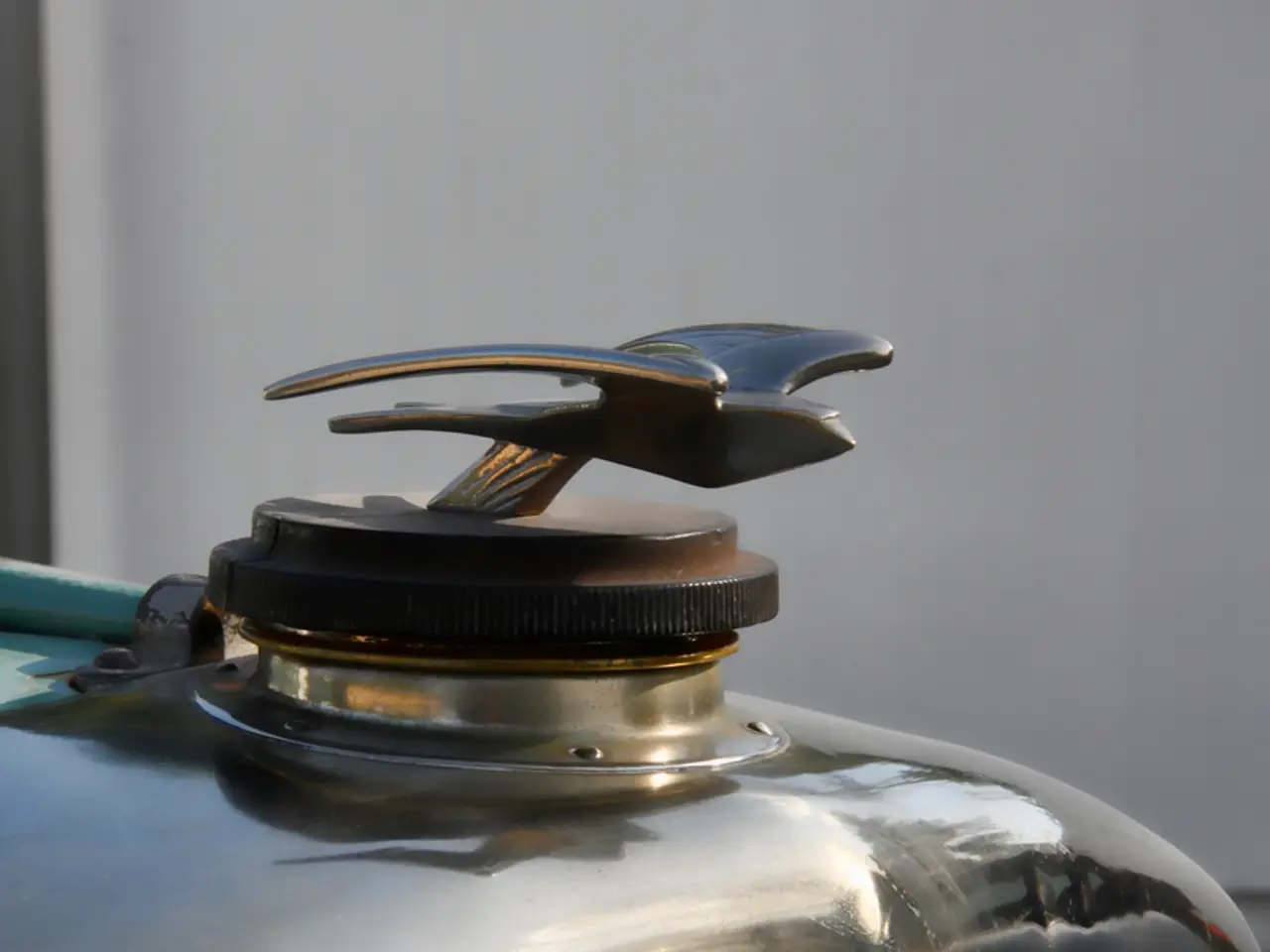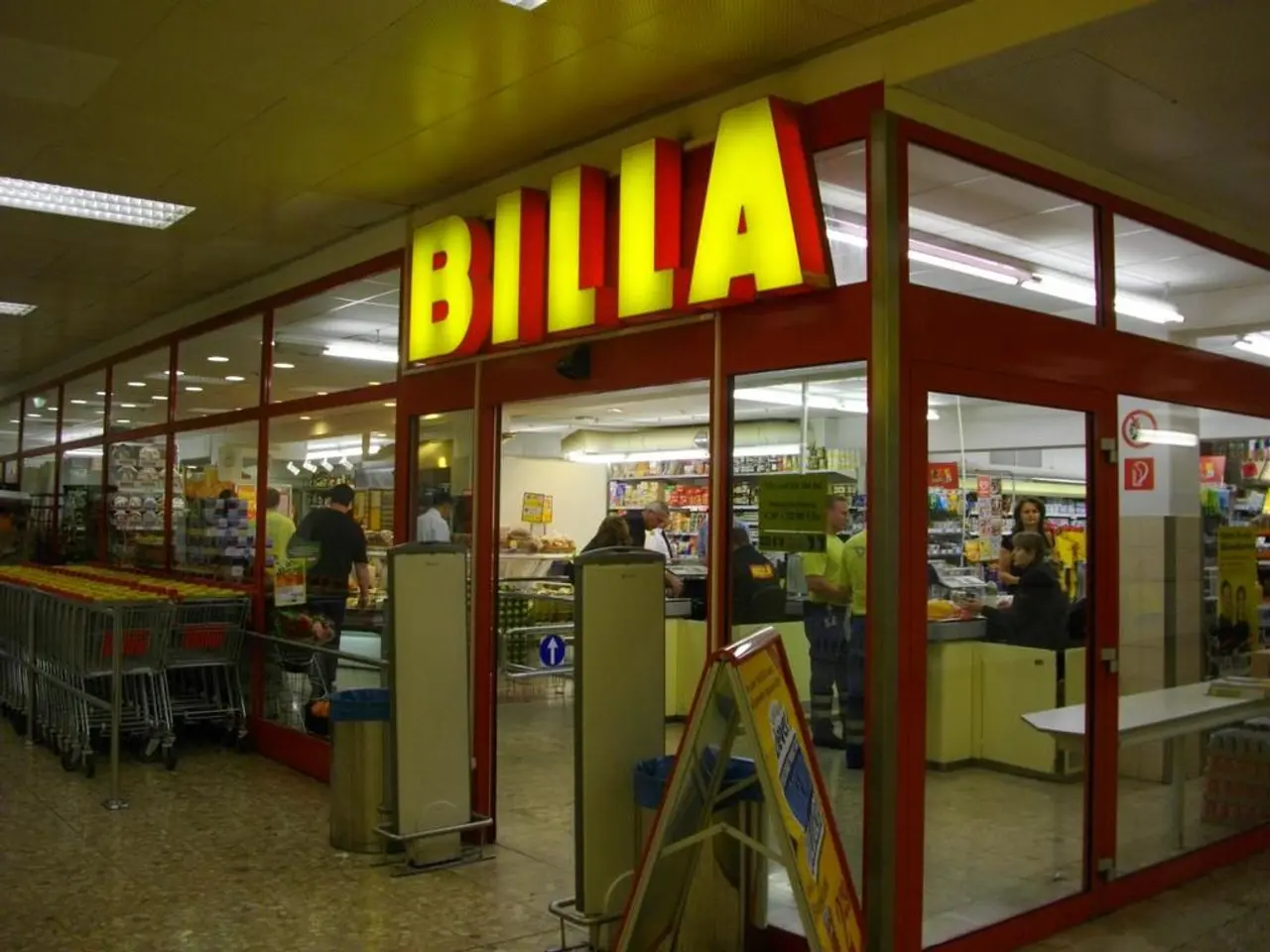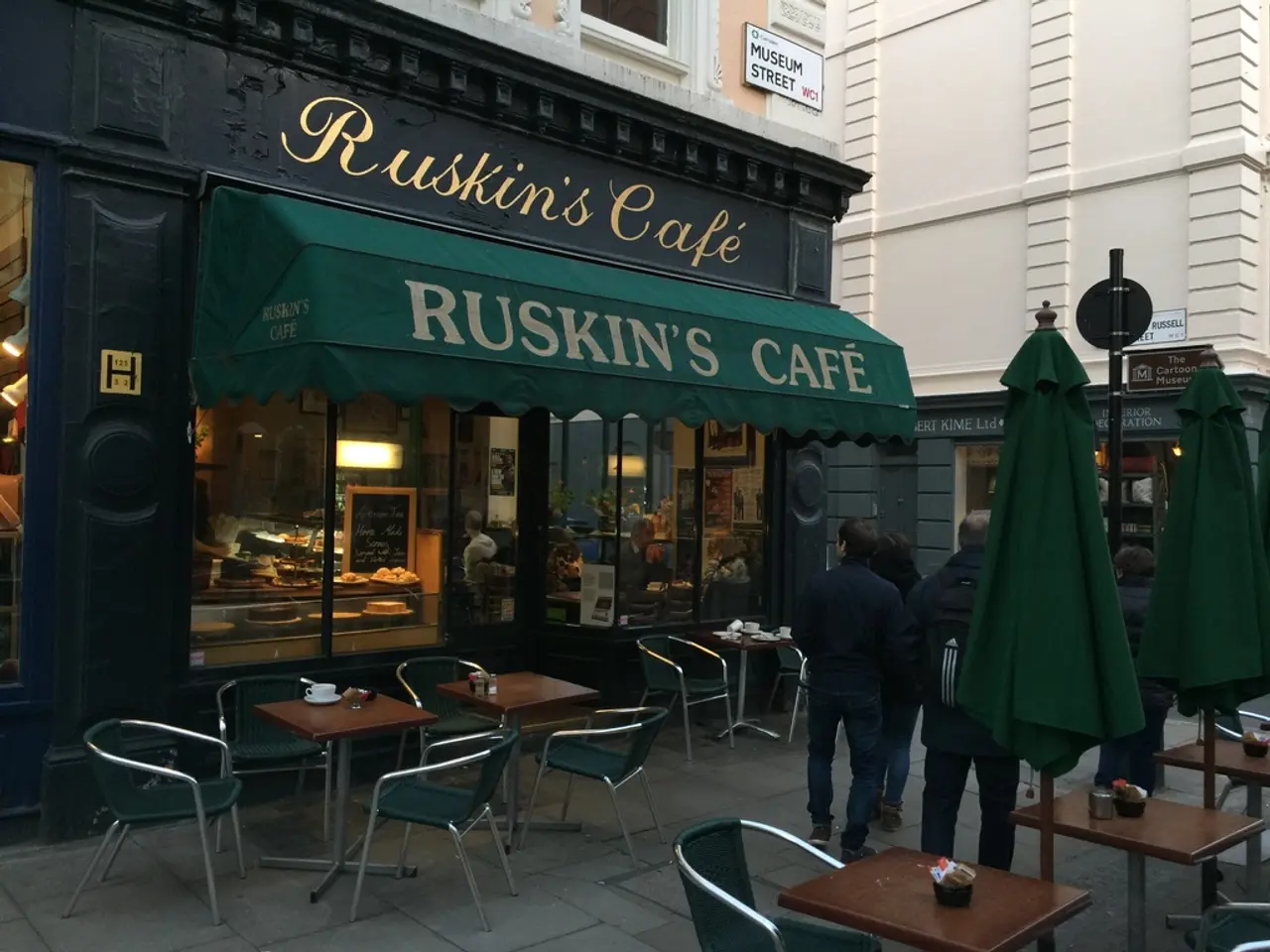Choosing Between Custom Orders and Pre-existing Stock: The Ideal Approach for Your Business?
In the dynamic world of fashion, the choice between made-to-order and upfront inventory production can significantly impact a designer's success. This decision varies across online sales, brick-and-mortar sales, and wholesaling due to differences in customer behavior, operational costs, and sales channels.
---
### Online Sales
The rise of digital platforms has made made-to-order increasingly popular in online fashion sales. Lower upfront capital tied in inventory, the ability to offer customized or niche products, and the reduced return rates due to digital sizing tools are key advantages of the made-to-order model. Faster trend turnover and personalized recommendations also drive demand for unique, less mass-produced items.
However, fast-fashion online retailers often opt for upfront inventory to ensure quick delivery and immediate availability, leveraging fulfillment centers and logistics. The integration of immersive tech like AR/VR and virtual fitting rooms further enhances the made-to-order model by helping customers visualize products before manufacturing, improving confidence in purchasing customized items online.
---
### Brick-and-Mortar Sales
Traditional brick-and-mortar stores typically depend on upfront inventory production due to the need for stocked inventory to allow customers to try and immediately purchase items. Inventory upfront is essential for variety and to meet spontaneous purchase demand. Made-to-order is less common in this setting because customers expect instant gratification and limited waiting times.
Some hybrid approaches exist, where made-to-order may complement brick-and-mortar, particularly in luxury or bespoke segments where customers order in-store but items are produced afterward. Certain traditional brands transitioning digitally are maintaining their brick-and-mortar presence but also leveraging online made-to-order options to broaden appeal and preserve authenticity.
---
### Wholesaling
Wholesaling predominantly relies on upfront inventory production because wholesalers purchase large quantities from manufacturers and distribute to multiple retailers. Production in bulk lowers per-unit costs and ensures supply levels to satisfy retail demand. Made-to-order is less feasible due to the volume and speed requirements of wholesale chains.
However, niche or luxury wholesalers might incorporate made-to-order elements to cater to boutique clients seeking exclusivity or customized lines, although this is less standard.
---
In conclusion, online sales are best positioned to leverage made-to-order production due to digital tools and customer preferences for customization. Brick-and-mortar and wholesale models still largely depend on upfront inventory to satisfy immediate demand and volume needs. Fashion brands are blending these approaches strategically depending on the channel to optimize customer satisfaction and operational efficiency.
When wholesaling, designers can know exactly how many units of each style they'll be selling before manufacturing. Pros of typical online sales include getting money at the moment of order and 100% income.
Emerging designers can tap into the digital fashion market by adopting a made-to-order model, offering lower upfront costs, customization, and trendy, less mass-produced items. However, fast-fashion retailers might prefer upfront inventory for quick delivery, utilizing advanced tech like AR/VR for visualization.
Brick-and-mortar stores traditionally rely on upfront inventory for variety and immediate availability, but niche brands might implement made-to-order strategies within luxury or bespoke segments. Some heritage brands are merging both approaches to appeal to a broader audience while maintaining authenticity.
Wholesale industries typically depend on upfront production to satisfy retail demand; however, niche wholesalers may incorporate made-to-order elements to cater to boutique clients seeking exclusivity or customized lines. Strategic blending of these approaches by brands can optimize customer satisfaction and operational efficiency in the fashion industry.
Investing in this dynamic market could involve financing small-businesses or backing promising entrepreneurial ventures. Retail careers encompass a variety of roles, including boutique ownership, fashion buying, and e-commerce management. Real-estate considerations might involve finding prime locations for brick-and-mortar stores or negotiating favorable leases for the continued growth of small business fashion retail.
In the world of fashion, financing and retail careers are essential for the success of both established brands and emerging designers. Collaborative partnerships between small-businesses, investors, and various stakeholders can help support the sustainability and growth of the fashion industry.





